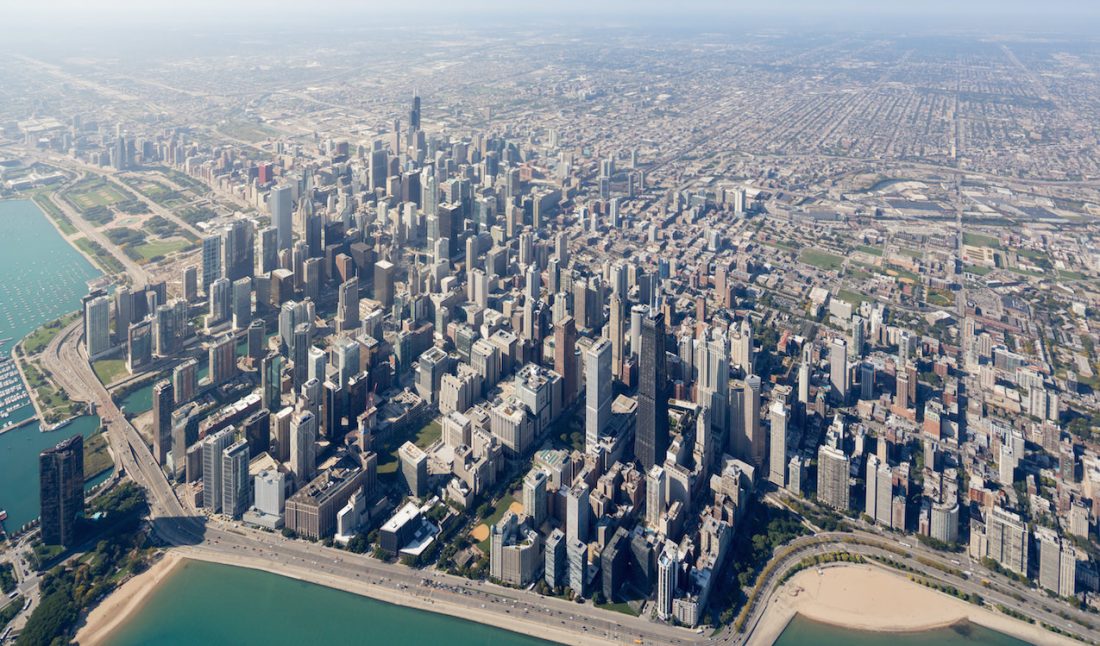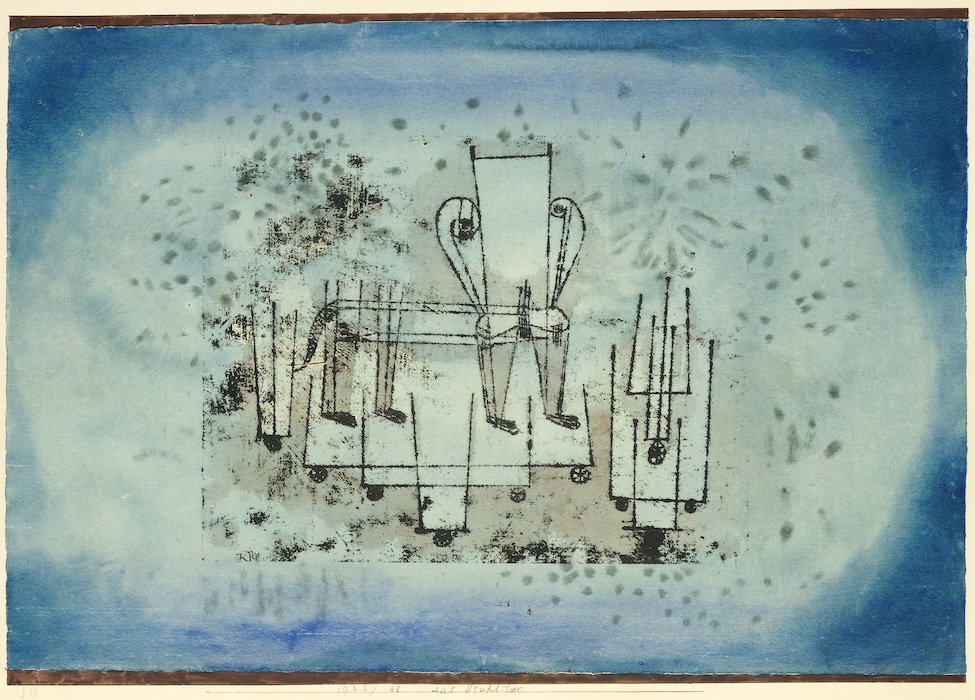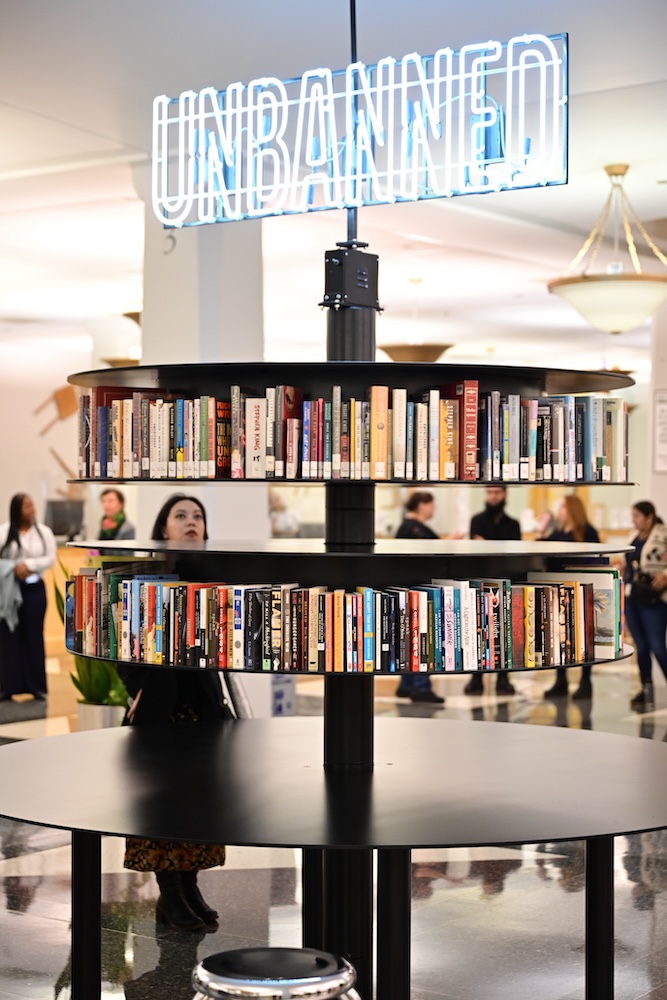The inaugural Chicago Architecture Biennial opens to the public this week, running city-wide through January 3, 2016. Entitled, “The State of the Art of Architecture,” it presents work that is both innovative and experimental by over 60 participating studios from around the world. Exhibitions will take place at the Chicago Culture Center, Millennium Park, Stony Island Arts Bank, 72 East Randolph Street, Illinois Institute of Technology, Graham Foundation, and Water Tower Gallery, under the artistic direction of Sarah Herda and Joseph Grima. Whitewall spoke with Herda, who is also the Director of the Graham Foundation, about the upcoming biennial.
WHITEWALL: Can you tell us about how you arrived at the title of the exhibition, “The State of the Art of Architecture,” which comes from the 1977 Stanley Tigerman conference of leading designers in Chicago?
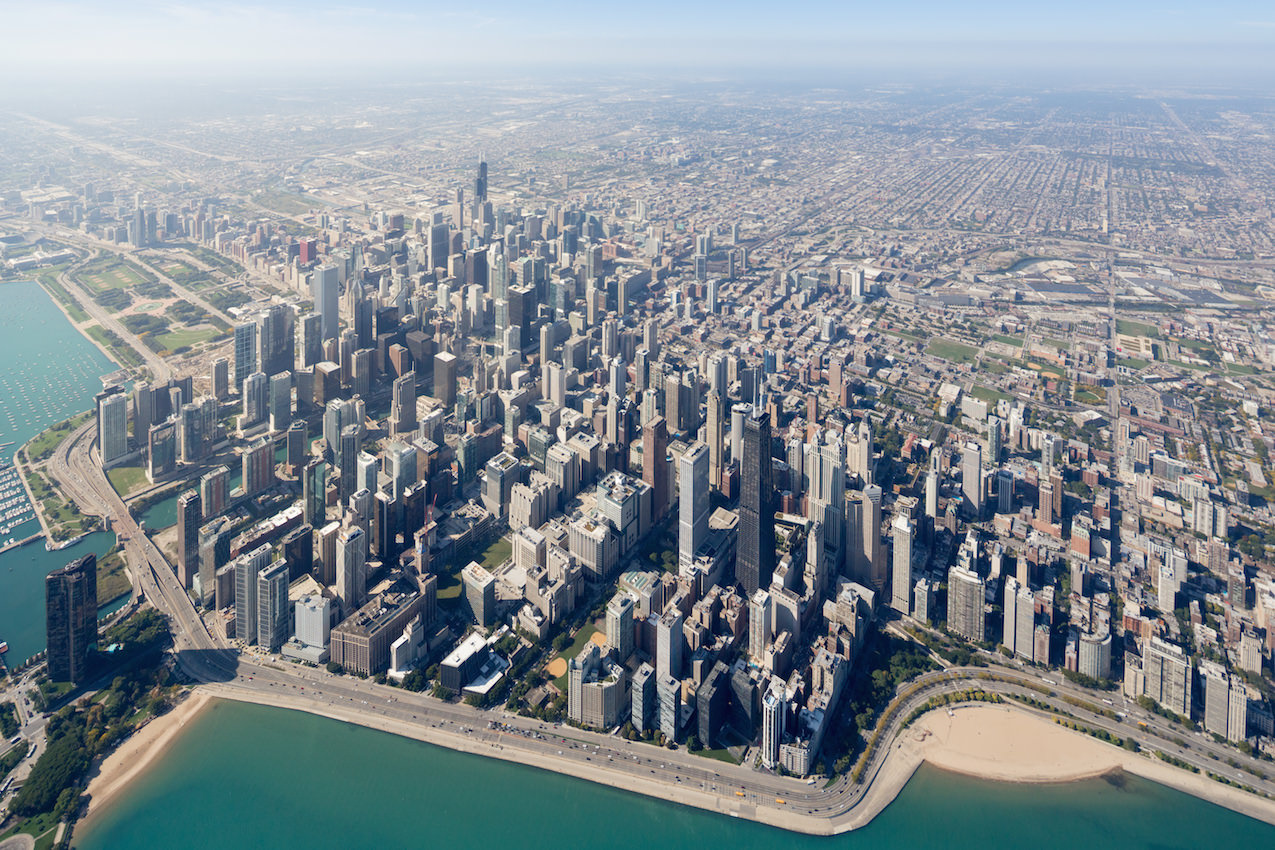 Photo by Iwan Baan, courtesy of CAB
Photo by Iwan Baan, courtesy of CAB
SARAH HERDA: We quickly decided that we did not want to choose a theme and then select people to demonstrate our argument. We didn’t want to assume that we knew what was important or what was at stake for everyone in this kind of moment. So what was really interesting to us about the 1977 Stanley Tigerman conference was that he invited a version of the world to Chicago and asked them to come up with a position and present a project that demonstrated their position. And so I think that really resonated with us, but we wanted to greatly expand who was invited and what architecture is, and develop the show out of what people are doing and what’s important to them.
WW: From that, have any commonalities come up? Any themes you didn’t expect?
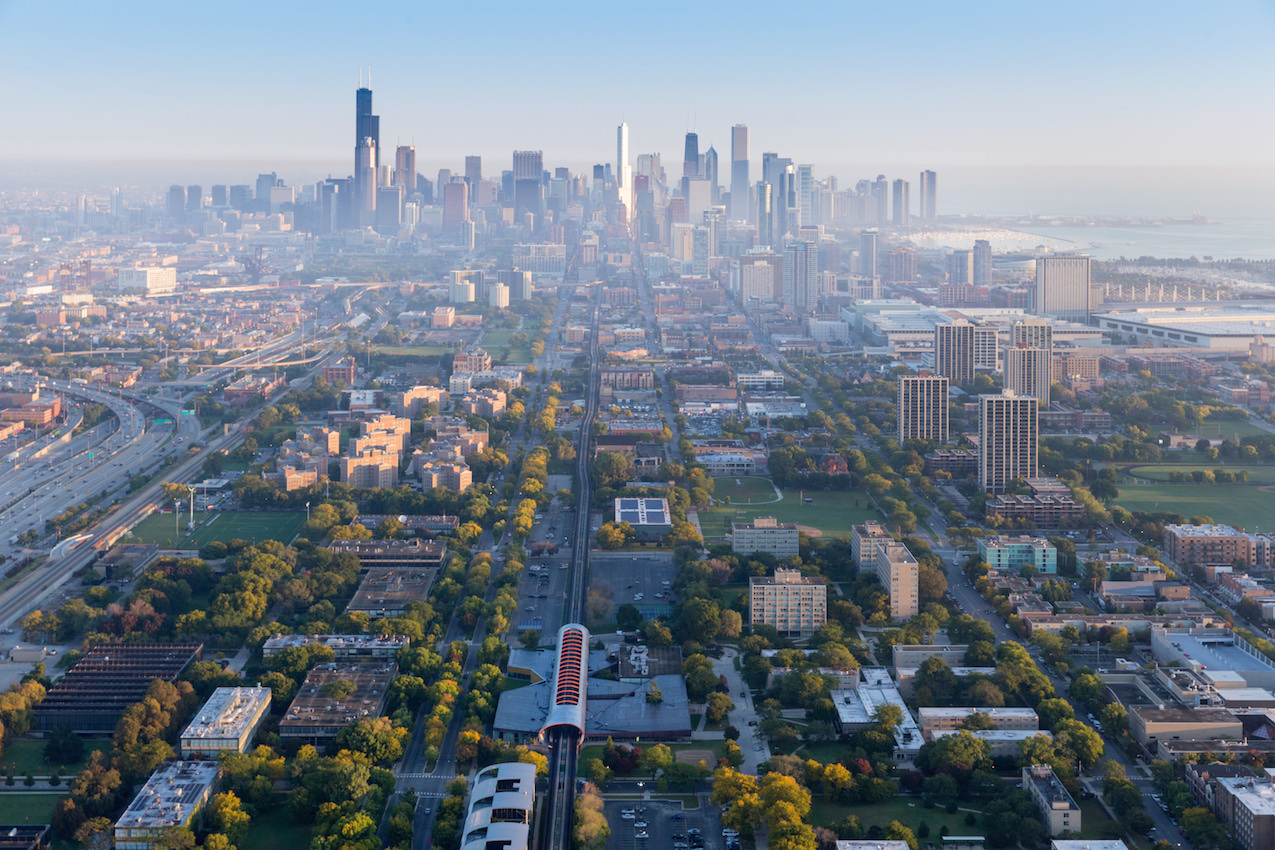 Photo by Iwan Baan, courtesy of CAB
Photo by Iwan Baan, courtesy of CAB
SH: What has been interesting has been that a lot of shared concerns have emerged. A lot of people are very invested in the agency of the architect. What does that mean now? And what is the agency of architecture? Or public space? What does that mean in Beijing, Jakarta? What does that mean in Santiago de Chile?
WW: What is the process for putting on the first of an ongoing biennial? Even in terms of location, as this will take place across a number of sites around the city.
SH: We’re not assigning people to spaces before we know what they’re going to do. So it’s a little bit chicken-and-egg. But it’s really having a dialogue about what we really feel is resonating us and what is really important to them, and then starting to develop projects out of that and then trying to figure out where they go in the exhibition based on that. It is a very active, hands-on process, and even the way both Joseph Grima [co-artistic director of CAB] and I, from our work at Storefront, were both directors there. I went on to become the director of the Graham Foundation, he became editor of Domus, and we both have extensive networks. These organizations are really based on this broad range of people—contributors, artists, and architects—and we wanted to even push beyond our given networks.
WW: Do you see yourselves as defining the idea of an “architecture biennial” for North America?
SH: I think we are very conscious of creating a new platform for the field. And while we do have models in events like Venice or in art events that we can draw parallels to, for architecture itself there are not many biennials, and so I think we are conscious of creating a new platform. In this age with information so readily available, it really means something to bring people together. It means something to be in the presence of work and objects that communicate ideas. [We aspire to] create also a platform for new or different voices in the field . . . and then maybe a generational shift.
WW: What are some notable ideas you’re seeing from younger generations of architects and designers?
SH: I think there is a spirit of optimism and being opportunistic in different ways and trying to make a space for architecture to intervene in the city. There is almost an activist approach to a lot of the [younger] offices. It is much more based on a community of architects. It has a very different feel. The participants together are not all just moving in one direction; they are moving in every direction and pushing at the boundaries of architecture. I think what is exciting is that there are many different positions that many people are very committed to. And that trying to capture that diversity is very exciting, as opposed to saying that architecture is one thing over the other.
This article will appear in Whitewall‘s fall 2015 Fashion Issue out later this month.






